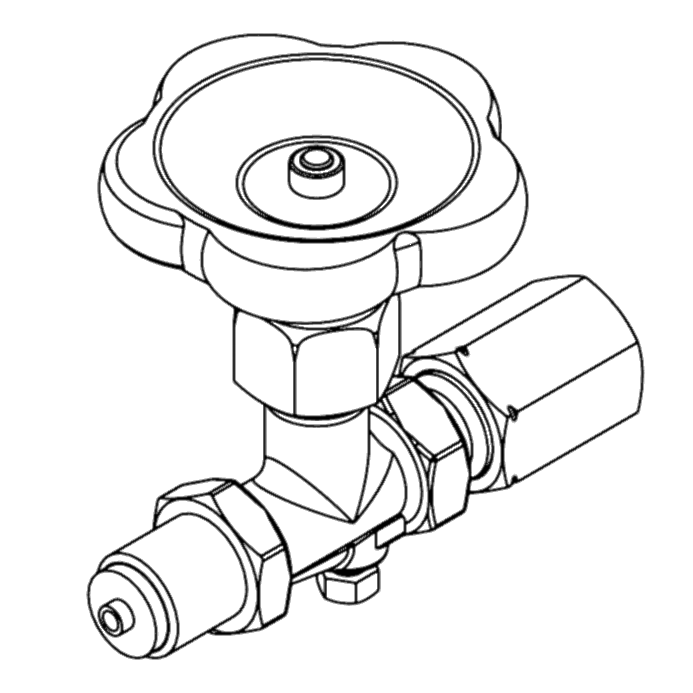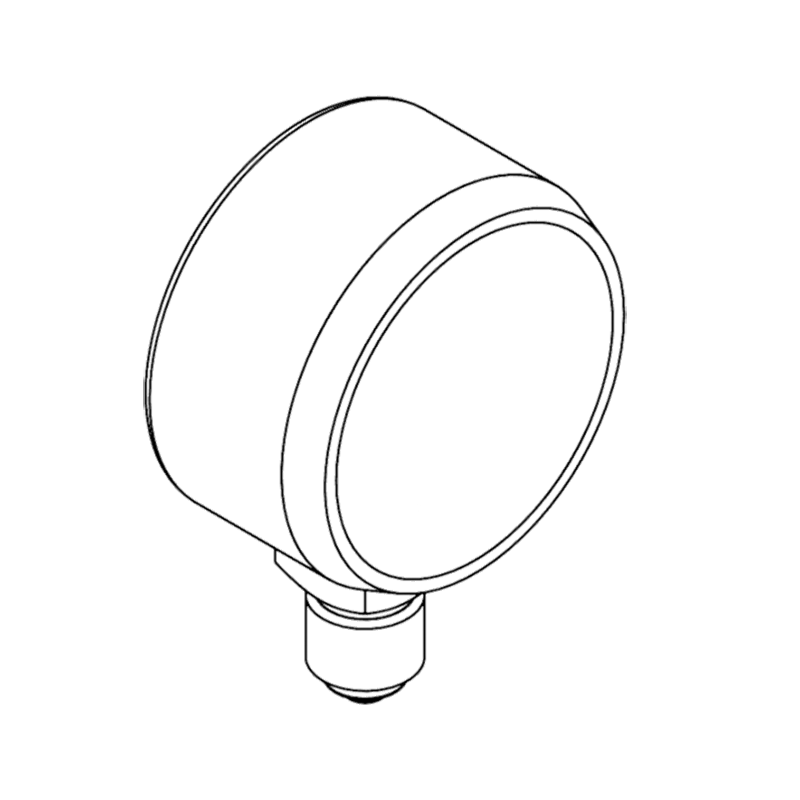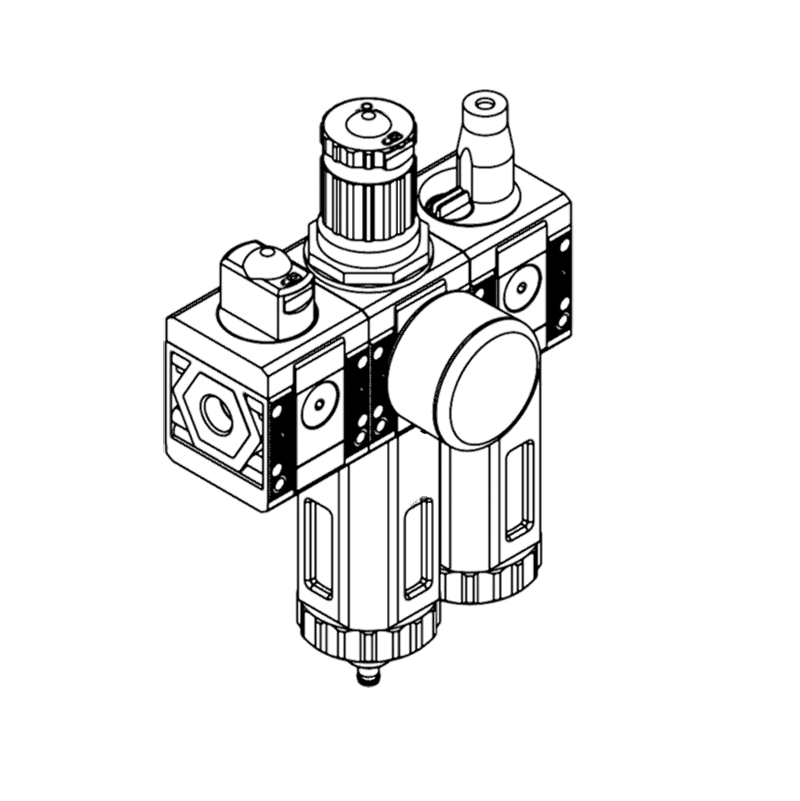
Differential pressure sensors
Differential pressure sensors or differential pressure transmitters for measuring two absolute pressures.


Differential pressure sensors or differential pressure transmitters for measuring two absolute pressures
Differential pressure sensors or differential pressure transmitters are used to measure the differential pressure of two absolute pressures. As a rule, a differential pressure sensor consists of two pressure sensors. The input pressures of the two sensors are measured continuously and the integrated evaluation electronics compare the two values with each other. This makes it easy to detect pressure differences in a system and to observe them over a certain period of time.
The pressure of the two different pressure inputs is measured in separate measuring chambers. Subsequently, the electronic signal of the two sensors is forwarded to an electronic evaluation unit, which compares the two pressures and converts any pressure difference into an analogue signal of 0...10V or 4...20mA. Differential pressures from 1mbar up to 70bar can be measured and processed with differential pressure sensors or differential pressure transmitters.
Differential pressure sensors or differential pressure transmitters are used in various applications and industries:
- for monitoring filter systems, ventilation ducts and fans in the HVAC sector
- for level measurement of closed, pressurised containers
- in the oil and gas industry for monitoring pump or filter systems
- for clean rooms in the semiconductor, pharmaceutical or food industries
- with neutral gases or liquids in the process industry
Special connections are available for the process or food industry. A sturdy, matching housing protects the sensor and the electronics from environmental influences.
Differential pressure sensors are used for monitoring pressure differences or checking filters. Thanks to differential pressure measurement, conclusions about the degree of clogging of filters can be drawn more easily and pressure differences that are too high or too low can be indicated. A corresponding alarm is triggered via the system control.
FAQs
As a rule, a differential pressure sensor consists of two pressure sensors and the evaluation electronics. In separate measuring chambers, the pressure of the two different pressure inputs is measured and converted into an electrical signal. The electronic signal is passed on to the integrated evaluation electronics, which compares the two pressures and converts the pressure difference into an analogue signal of 0...10V or 4...20mA. A sturdy housing protects the differential pressure sensor and the evaluation electronics from environmental influences.
Differential pressure sensors or differential pressure transmitters measure the pressure difference - called differential pressure - of two absolute pressures in a system and output the differential pressure as an analogue signal of 0...10V or 4...20mA.
Differential pressure sensors shine wherever pressure differences, filter clogging or pressure differences in containers need to be monitored. Contact us either by phone on +41 (0)41 780 22 22 or write to us at info@tri-matic.ch for comprehensive advice from our experts.
Pressure measurement from TRI-MATIC
Quality that has it all







































